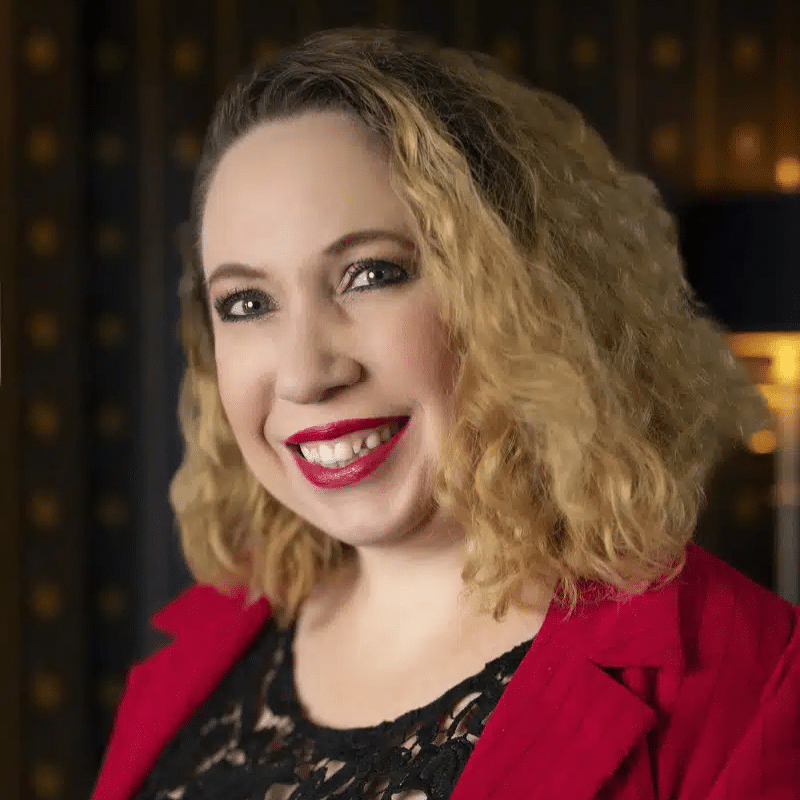Recent Australian decisions have resulted in both new opportunities to challenge patent term extensions in Australia and new patent prosecution practices to shield against them. We summarise here what is known about PTE, and the areas that are ripe for further challenge.
There is no limit to the number of PTEs a pharmaceutical patentee can obtain in Australia. It increasingly common for there to be five to ten (or more) patents extended per medicine.
Under the Patents Act 1990 (the Act), the only relevant subject matter limitation is that the patent must disclose and claim:
- for small and large molecule medicines: “one or more pharmaceutical substances per se”; and/or
- for large molecule medicines only: “one or more pharmaceutical substances produced by a process involving recombinant DNA technology”.
Almost all the debates in Australian jurisprudence have related to the following two key issues.
Key issue 1: When more than one product falls within the scope of the claims, which one should I base my application for PTE on?
Following two decisions handed down in 2022 (Merck Sharp & Dohme & Anor v Sandoz (Sandoz) and Commissioner of Patents v Ono Pharmaceutical Co & Anor (Ono)), we now know the answer to this question is simple: where a patent covers more than one product, PTE will only be granted in relation to the first approved product, even if that product belongs to a competitor. These decisions likely leave some PTEs vulnerable to attack, potentially shortening the effective monopoly for significant commercial products.
Patentees must now be aware of competitor products registered on the Australian Register of Therapeutic Goods (ARTG) that may fall within the scope of their patents, for reasons other than infringement, namely PTE. Prudent prosecutors are implementing divisional strategies to enable at least one family member to be limited precisely to the product commercialised in Australia to maximise the prospects of the patentee obtaining, and retaining, PTE.
Key issue 2: What is a “pharmaceutical substance per se”?
The answer to this second question remains at large, despite the growing number of decisions on point. The Act defines “pharmaceutical substance” but does not define “pharmaceutical substance per se”, which is used to define the boundaries of PTE eligibility. We know a pharmaceutical substance includes a mixture or compound of more than one substance, but what work does the “per se” do?
There is some guidance from the Explanatory Memorandum for the implementing legislation (Intellectual Property Laws Amendment Bill 1998) which suggests PTE eligibility could be narrowed to claims to new compounds only. However, the patent office has granted PTE for a much broader range of patents, including:
- Claims which are clearly PTE eligible, such as claims to APIs and mixtures of APIs.
- Claims which are arguably PTE ineligible, but clear guidance is needed from the courts such as formulation (but see the single judge decision in Spirit Pharmaceuticals v Mundipharma [2013]), product-by-process, EPC 2000 (for use) claims (see the obiter comments by Justice Rofe in Biogen v Pharmacor [2021] (Biogen)), and claims to products with specified product and process limitations.
- Claims which have been found ineligible for PTE such as Swiss-style claims.
- We have seen a recent recalibration by the courts of some of the patent office overreach in this regard. Of the three decisions handed down by the courts in the last two years, two cases resulted in PTEs being overturned (Sandoz and Ono), and one resulted in avoidance of a preliminary injunction due to the strength of the argument against the validity of a PTE.
We now know that Swiss-style claims, in addition to process and method of treatment claims are inextensible (Commissioner of Patents v AbbVie Biotechnology [2017]). We suspect, but do not know, that EPC 2000 (for use) claims are also inextensible (Biogen).
Ripe for further challenge are claims to: formulations, product-by-process, claims to products with particle size (and other product feature) limitations, in addition to “for use” claims discussed above.
—
First Published: WIPR, 12/05/2023, https://www.worldipreview.com/contributed-article/australia-beware-the-shifting-sands-of-patent-term-extensions
About Pearce IP
Pearce IP is boutique firm offering intellectual property specialist lawyers, patent attorneys and trade mark attorneys to the pharmaceutical, biopharmaceutical and life sciences industries. Pearce IP is the 2021 ‘Intellectual Property Team of the Year’ (Lawyers Weekly Australian Law Awards) and was shortlisted for the same award in 2022. Pearce IP is ranked in IAM Patent 1000 and Managing IP (MIP) IP Stars, in Australasian Lawyer 5 Star Awards as a ‘5 Star’ firm, and the Legal 500 APAC Guide for Intellectual Property. Pearce IP leaders are well recognised as leading IP practitioners.
Our leaders have been recognised in virtually every notable IP listing for their legal, patent and trade mark excellence including: IAM Patent 1000, IAM Strategy 300, MIP IP Stars, Doyles Guide, WIPR Leaders, 5 Star IP Lawyers, Women in Law Awards – Partner of the Year, Best Lawyers and Australasian Lawyer 5 Star Awards, Women in Business Law Awards – Patent Lawyer of the Year (Asia Pacific), Most Influential Lawyers (Changemaker), among other awards.

Naomi Pearce
CEO, Executive Lawyer (AU, NZ), Patent Attorney (AU, NZ) & Trade Mark Attorney (AU)
Naomi is the founder of Pearce IP, and is one of Australia’s leading IP practitioners. Naomi is a market leading, strategic, commercially astute, patent lawyer, patent attorney and trade mark attorney, with over 25 years’ experience, and a background in molecular biology/biochemistry. Ranked in virtually every notable legal directory, highly regarded by peers and clients, with a background in molecular biology, Naomi is renown for her successful and elegant IP/legal strategies.
Among other awards, Naomi is ranked in Chambers, IAM Patent 1000, IAM Strategy 300, is a MIP “Patent Star”, and is recognised as a WIPR Leader for patents and trade marks. Naomi is the 2023 Lawyers Weekly “IP Partner of the Year”, the 2022 Lexology client choice award recipient for Life Sciences, the 2022 Asia Pacific Women in Business Law “Patent Lawyer of the Year” and the 2021 Lawyers Weekly Women in Law SME “Partner of the Year”. Naomi is the founder of Pearce IP, which commenced in 2017 and won 2021 “IP Team of the Year” at the Australian Law Awards.

Donna Meredith
Associate, Patent & Trade Mark Attorney
Donna is a Patent and Trade Mark Attorney with more than 8 years’ post-qualification experience, and a background in biotechnology and biology.
Donna supports Australian and international clients in a range of life sciences fields including nanoparticles, pharmaceuticals, biopharmaceuticals, biotechnology, DNA sequencing, cell and gene therapy, CRISPR technologies, protein chemistry, formulation chemistry, chemical compounds, biofuels, plant varieties, ag-tech, food-tech and medical devices.

